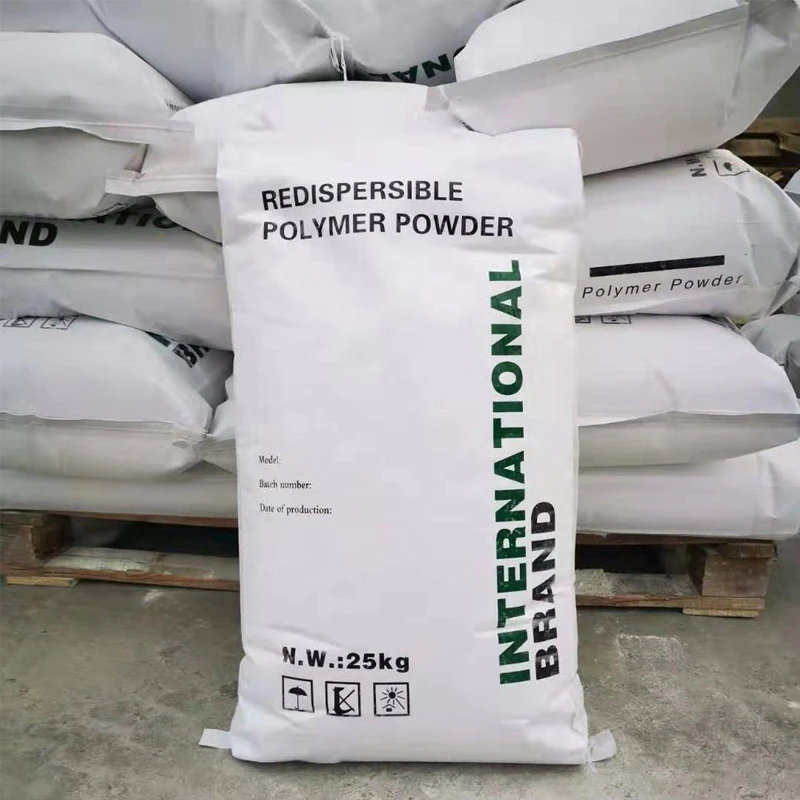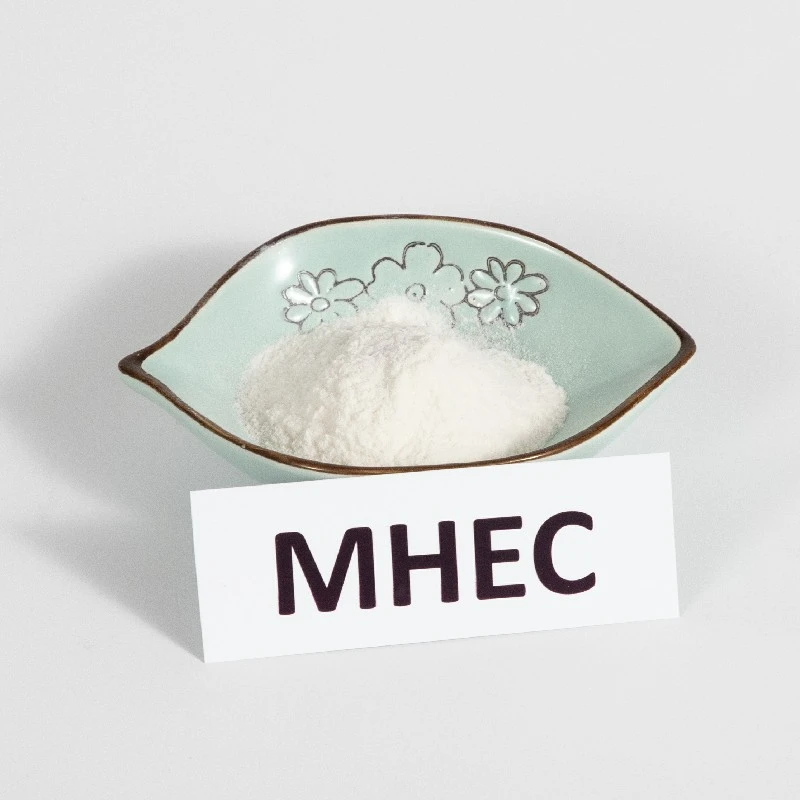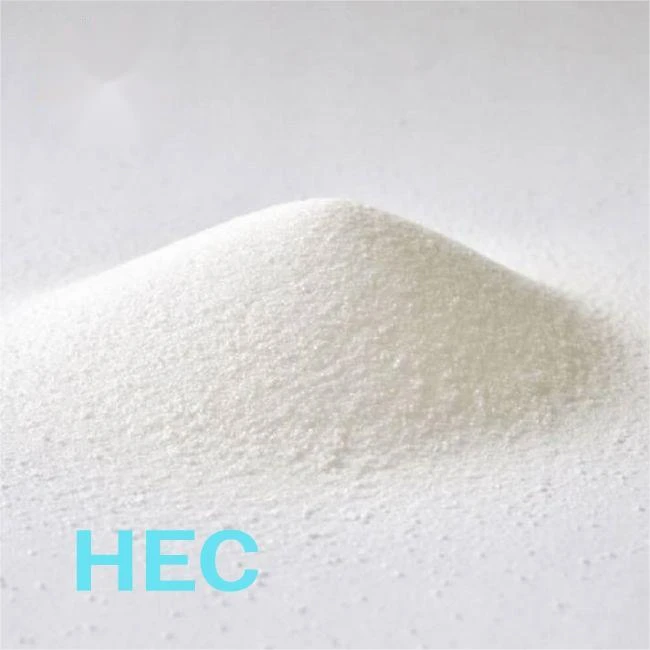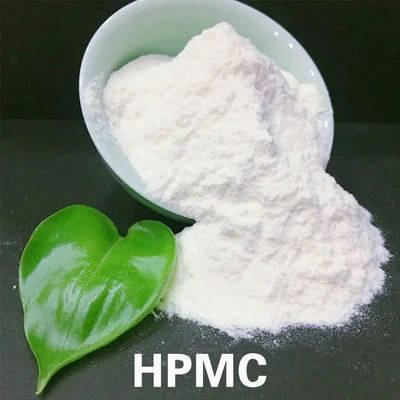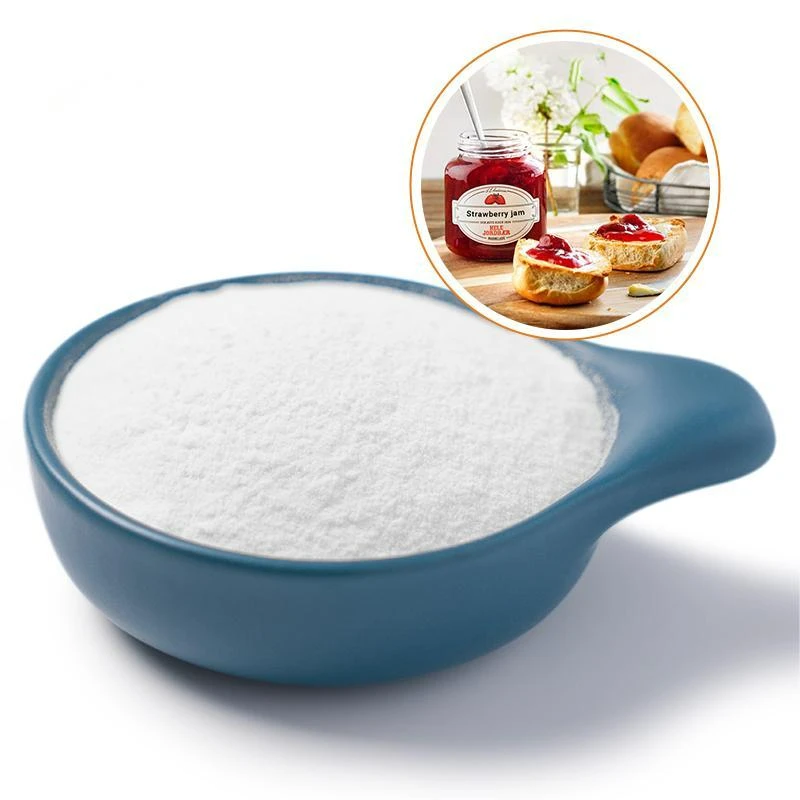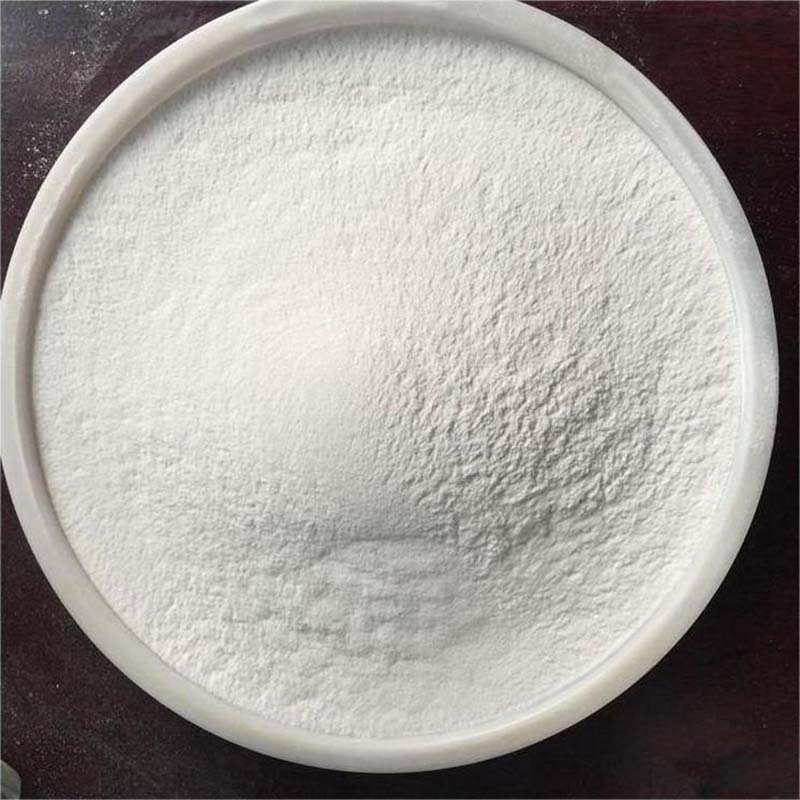Exploring the Multifaceted Applications of PVA
PVA, or Polyvinyl Alcohol, has emerged as a versatile and crucial component in various fields. From its use in construction materials like mortar to its interactions with water, and its role in preparing surfaces for painting, PVA has a wide - reaching impact. The terms pva in mortar, pva in water, pva product, pva walls before painting, and pva what is it all offer different entry points into understanding the significance and applications of this remarkable substance.
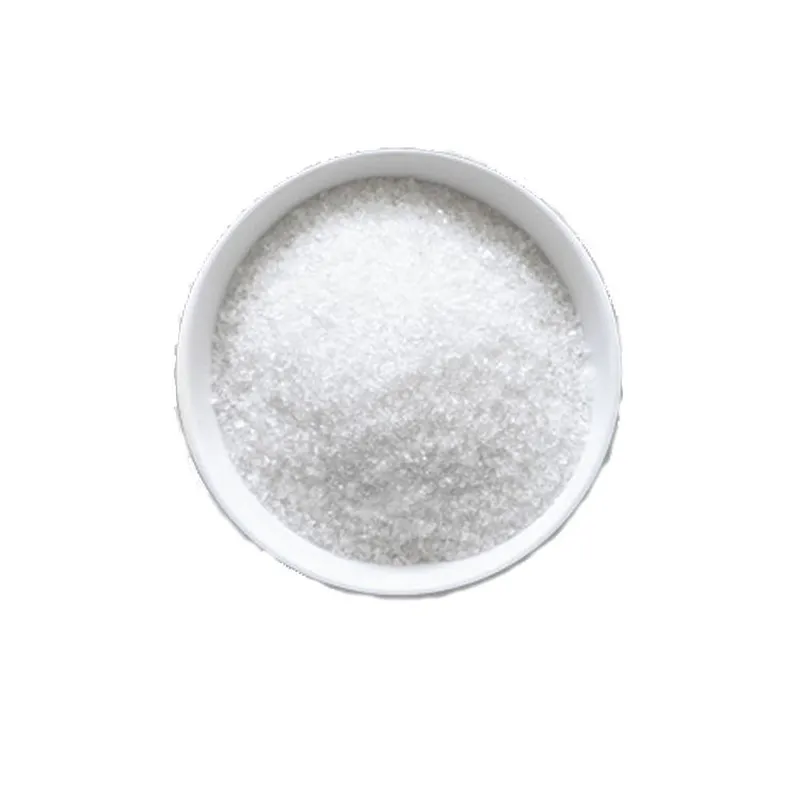
PVA in Mortar: Strengthening Construction Materials
PVA in mortar serves as a game - changing additive that significantly enhances the performance of traditional mortar. In construction, mortar is a key material used for bonding bricks, stones, and other building components together. When PVA is incorporated into mortar, it forms a network of polymer films as the mortar dries. This network acts as a bridge between the cementitious matrix and the aggregate, improving the adhesion of the mortar to substrates. For instance, in masonry work, mortar with PVA adheres more firmly to bricks, reducing the risk of cracks and joint failures over time.
PVA also boosts the flexibility of mortar. Traditional mortar can be brittle and prone to cracking under stress, such as due to temperature changes or structural movement. PVA - modified mortar, on the other hand, can withstand more significant deformation without breaking, making it ideal for applications where some degree of flexibility is required, like in seismic - prone areas. Additionally, PVA enhances the water - retention properties of mortar. By holding onto water, it allows the cement to hydrate more fully, resulting in increased strength and durability of the mortar and the overall structure.
PVA in Water: Solubility and Functional Properties
The behavior of pva in water is a fundamental aspect of its functionality. PVA is highly soluble in water, which makes it easy to incorporate into various aqueous - based formulations. When PVA dissolves in water, it forms a viscous solution. This solubility property is exploited in many applications. For example, in the textile industry, PVA solutions are used as sizing agents for yarns. The dissolved PVA coats the yarns, providing strength and reducing friction during the weaving process.
In the adhesive industry, PVA - water solutions are often used as the base for water - based adhesives. The solubility of PVA allows it to evenly disperse in water, and when the adhesive dries, the PVA forms a strong bond between materials. The viscosity of the PVA - water solution can be adjusted by varying the concentration of PVA, enabling precise control over the adhesive's application properties, such as its spreadability and drying time.
Diverse Range of PVA Products
PVA product encompasses a broad spectrum of items that leverage the unique properties of Polyvinyl Alcohol. In the packaging industry, PVA is used to create water - soluble films. These films are ideal for packaging products like detergents, where the entire package, film included, can be dissolved in water during use, reducing waste and providing convenience. PVA - based fibers are also used in the production of high - strength textiles, such as industrial fabrics and ropes, due to their excellent tensile strength and resistance to abrasion.
In the medical field, PVA has found applications in products like eye drops and wound dressings. In eye drops, PVA acts as a lubricant, providing a soothing effect and helping to maintain the moisture of the eyes. For wound dressings, PVA's biocompatibility and ability to absorb and retain moisture make it an effective material for promoting wound healing by keeping the wound area moist and protected.
Preparing Walls with PVA before Painting
When it comes to pva walls before painting, PVA serves as an essential preparatory step. Applying a PVA primer or sealer to walls prior to painting helps to improve the adhesion of the paint to the surface. Walls, especially those made of porous materials like plaster or drywall, can absorb moisture from the paint, which may lead to uneven application, poor coverage, and reduced durability of the paint job. PVA forms a thin, continuous film on the wall surface, sealing the pores and creating a smooth, uniform base for the paint.
In addition to enhancing adhesion, PVA also helps to prevent stains and marks on the wall from bleeding through the paint. It can act as a barrier against substances like nicotine, water, or oil that may be present on the wall surface. This ensures that the final painted finish looks clean and professional, with consistent color and coverage.
Unveiling the Basics: What is PVA?
The question pva what is it delves into the core nature of Polyvinyl Alcohol. PVA is a synthetic polymer produced by the hydrolysis of polyvinyl acetate. It is a white, odorless solid in its dry form, and as mentioned, it has excellent solubility in water. PVA has a linear molecular structure, which contributes to its unique properties such as film - forming ability, adhesion, and compatibility with a wide range of other substances.
Due to its versatile chemical and physical properties, PVA can be modified and formulated in various ways to suit different applications. Its non - toxic nature and environmental friendliness (as it is biodegradable under certain conditions) have also made it a popular choice across multiple industries, from consumer products to industrial manufacturing.
FAQs about PVA
How to Select the Right PVA Product for a Specific Application
Selecting the appropriate pva product depends on several factors. First, consider the nature of the application. For adhesive applications, look for PVA products with good bonding strength and appropriate drying characteristics. In the case of packaging, water - soluble PVA films with the right thickness and solubility rate are crucial. For construction uses like in mortar, choose PVA grades that enhance the desired properties such as adhesion, flexibility, and water - retention. Additionally, take into account factors like cost, availability, and any specific regulatory requirements related to the application.
Can PVA - Modified Mortar Be Used in All Construction Scenarios?
While PVA - modified mortar offers many advantages, it may not be suitable for all construction scenarios. In extremely high - temperature environments, the performance of PVA - modified mortar may degrade over time. Also, in applications where the mortar needs to have a very high resistance to certain chemicals, other types of specialized mortars might be more appropriate. However, for most general - purpose masonry, tiling, and rendering jobs, PVA - modified mortar provides significant improvements in terms of strength, durability, and workability.
How Long Does PVA Take to Dry on Walls before Painting?
The drying time of PVA on walls before painting can vary depending on several factors, including the thickness of the PVA layer, the humidity and temperature of the environment, and the type of PVA product used. In general, PVA primers or sealers can take anywhere from 1 - 4 hours to dry to the touch. However, it is advisable to allow at least 24 hours for the PVA to fully cure before applying paint. This ensures that the PVA has formed a stable, continuous film and that the paint adheres properly for a long - lasting finish.
Are There Any Health Concerns Associated with PVA?
PVA is generally considered to be non - toxic and safe for most applications. It is used in products that come into contact with the human body, such as eye drops and wound dressings. However, as with any chemical substance, some individuals may be sensitive or allergic to PVA. Inhalation of PVA dust during handling in industrial settings can also cause respiratory irritation. To minimize any potential health risks, it is important to follow proper safety procedures, such as wearing protective gear when handling PVA in powder or dust form, and ensuring good ventilation in the workspace.
Can PVA Be Mixed with Other Additives in Mortar?
Yes, PVA can be mixed with other additives in mortar. In fact, combining PVA with other substances like fibers (for added strength), pigments (for color), or waterproofing agents can further enhance the performance of the mortar. However, it is important to ensure compatibility between the additives. Some additives may react with PVA or affect its properties, so it is advisable to conduct small - scale tests before using the combined mixture in large - scale construction projects.
-
Unveiling the Diverse Applications of Polyvinyl Alcohol (PVA)소식Jul.17,2025
-
The Role and Varieties of PVA in Wall Preparation and Beyond소식Jul.17,2025
-
The Multifaceted World of Carboxymethyl Cellulose소식Jul.17,2025
-
The Indispensable Role of PVA in Plastering and Cement Applications소식Jul.17,2025
-
The Diverse Applications of Carboxymethyl Cellulose소식Jul.17,2025

